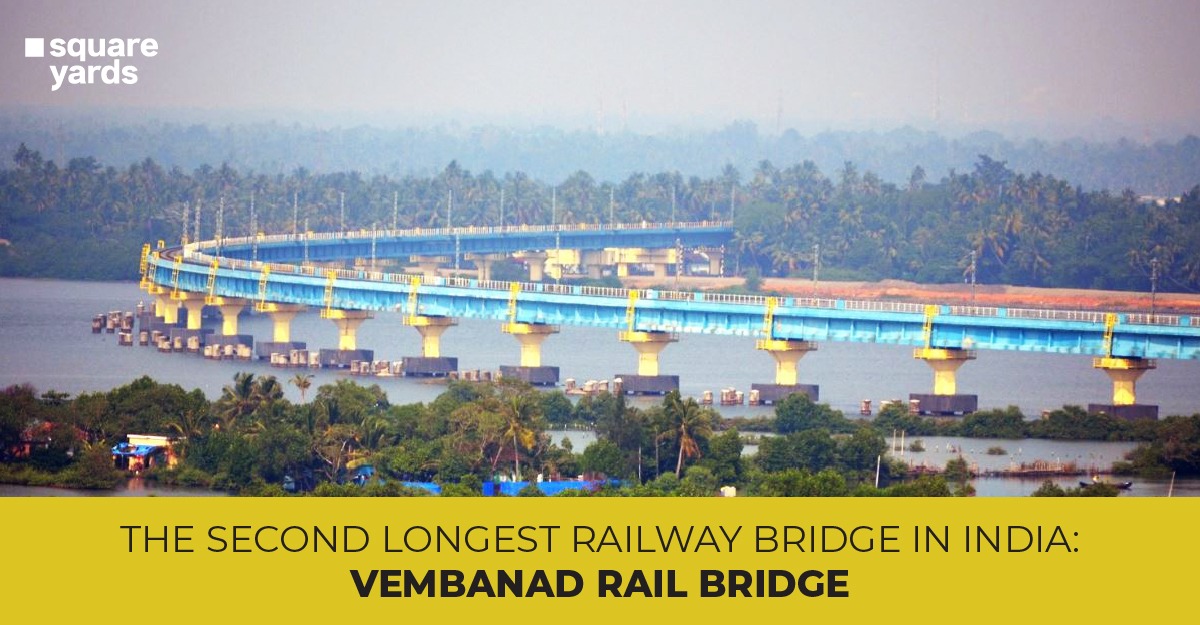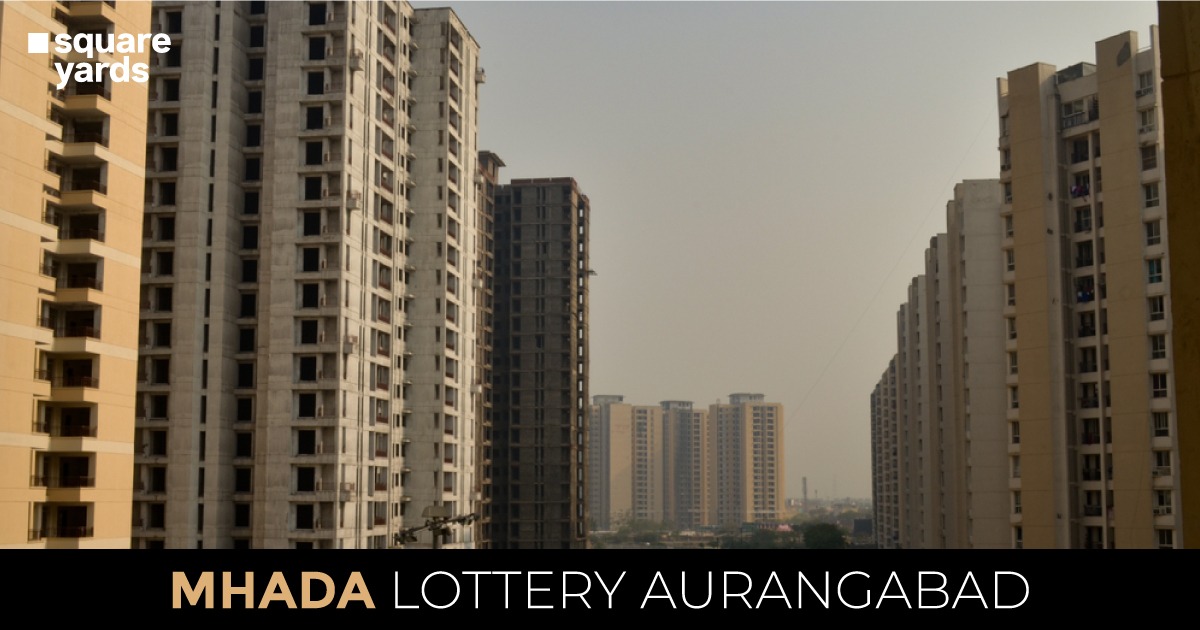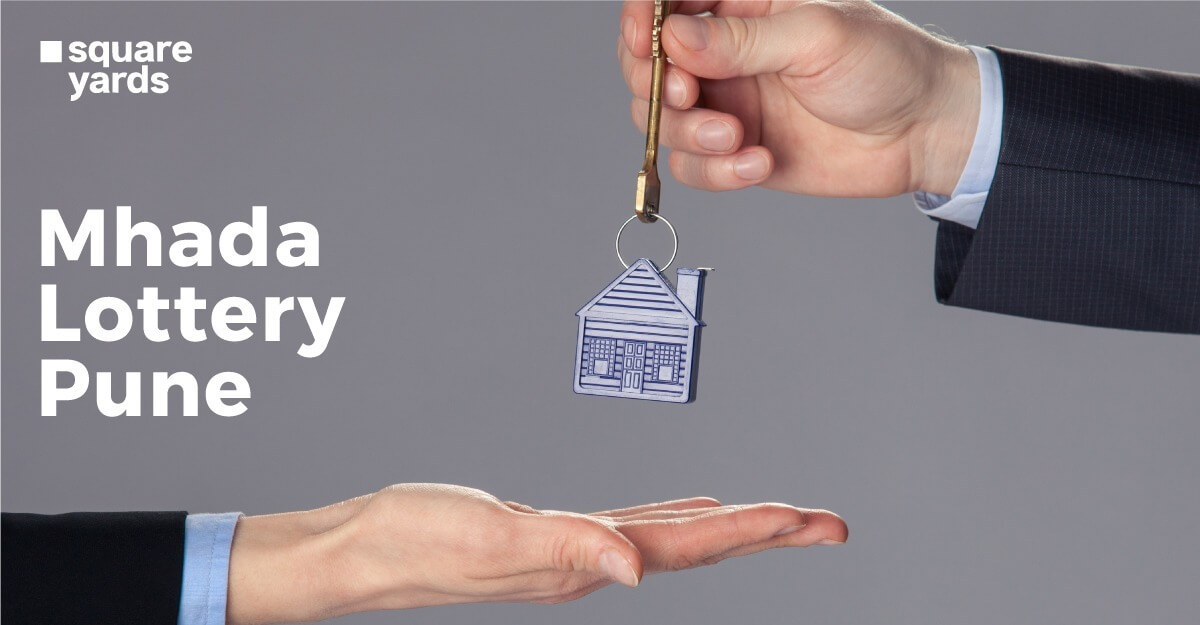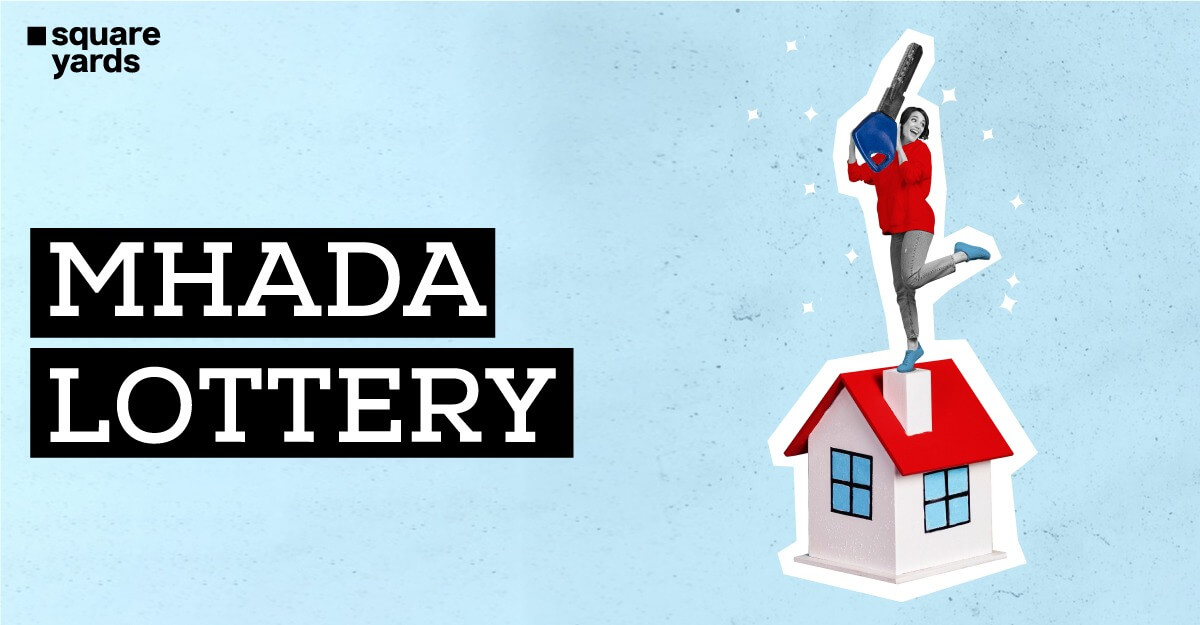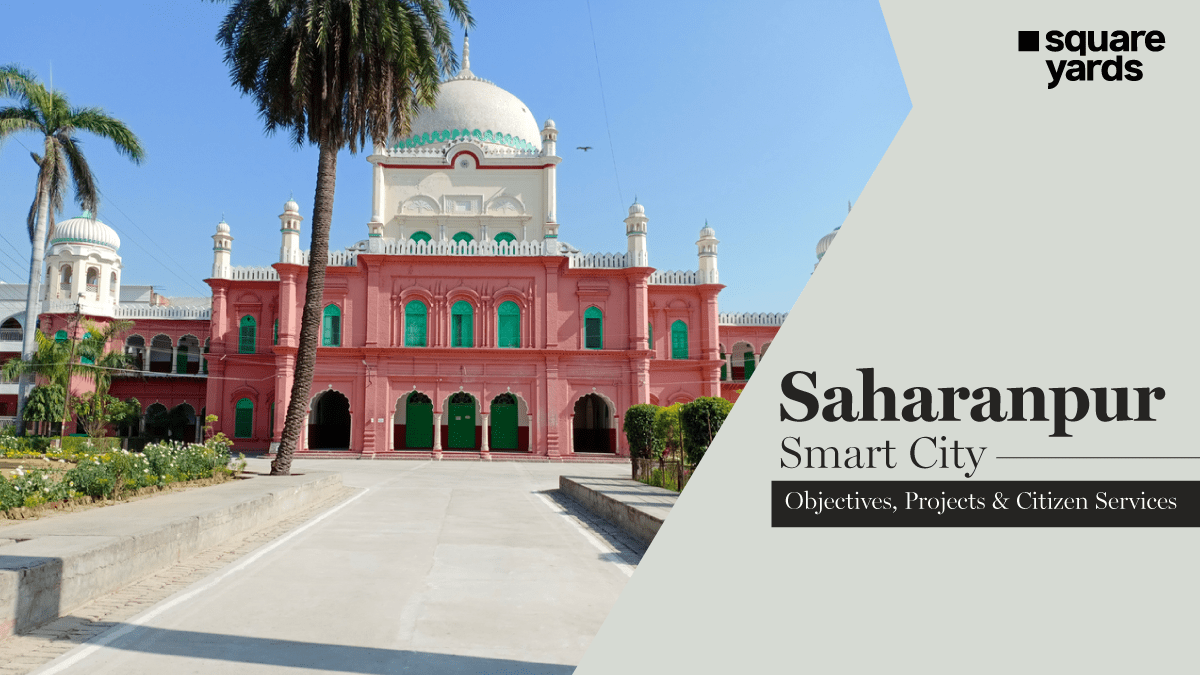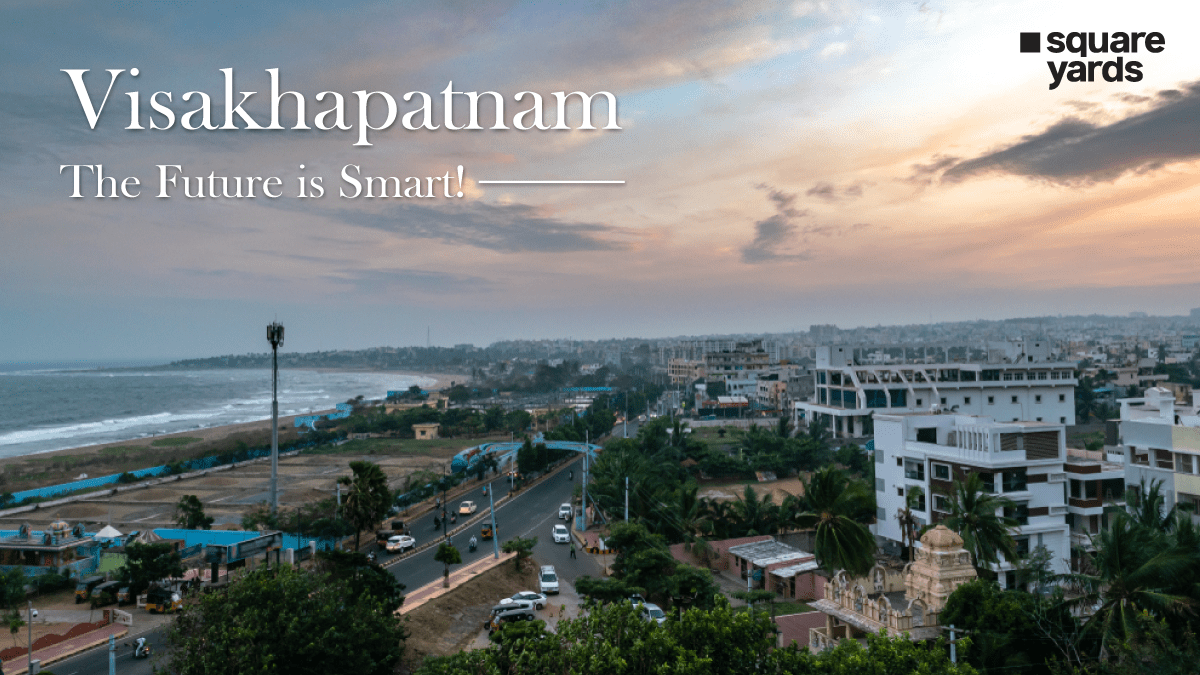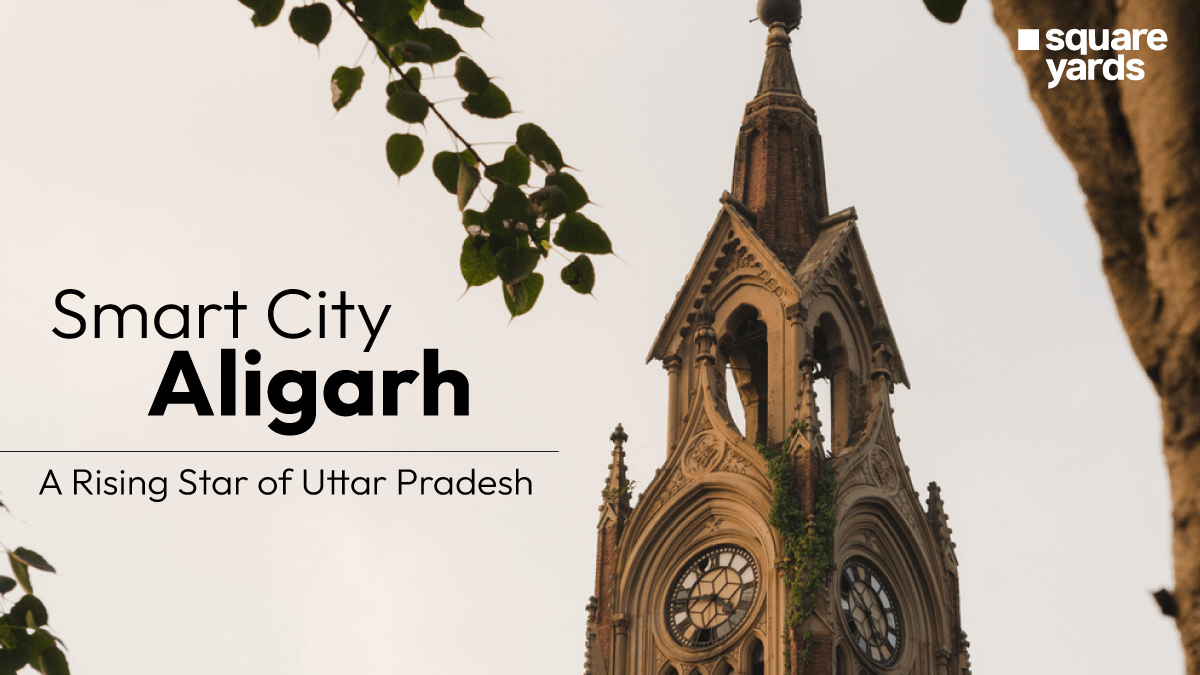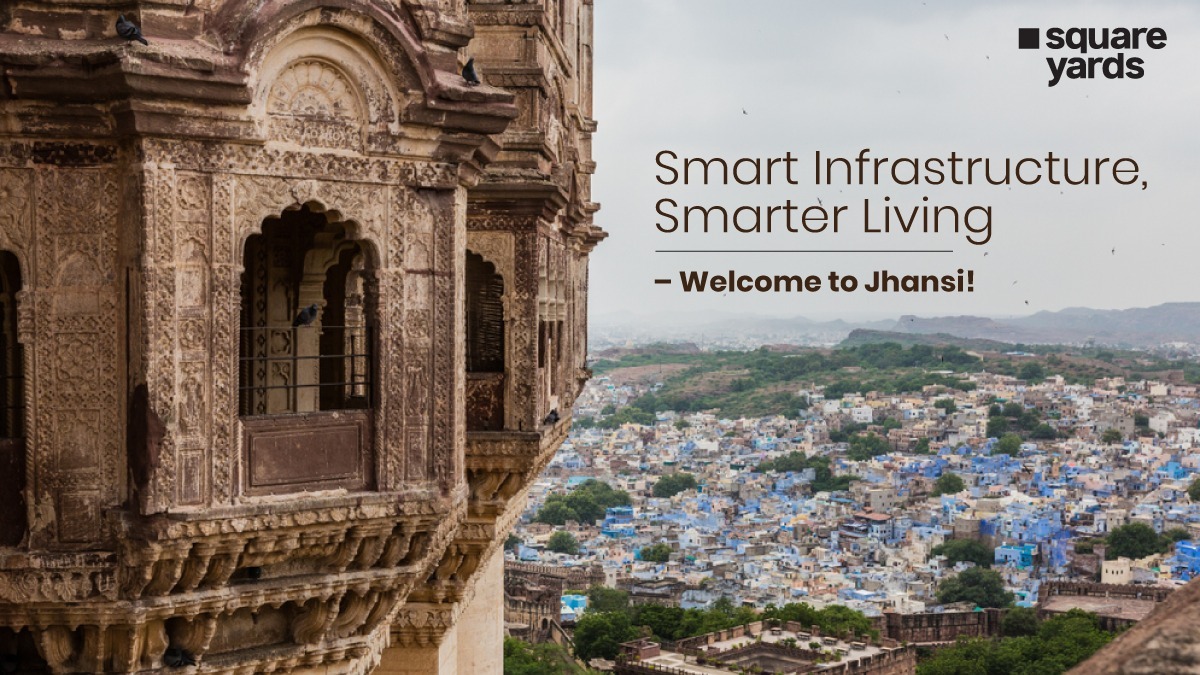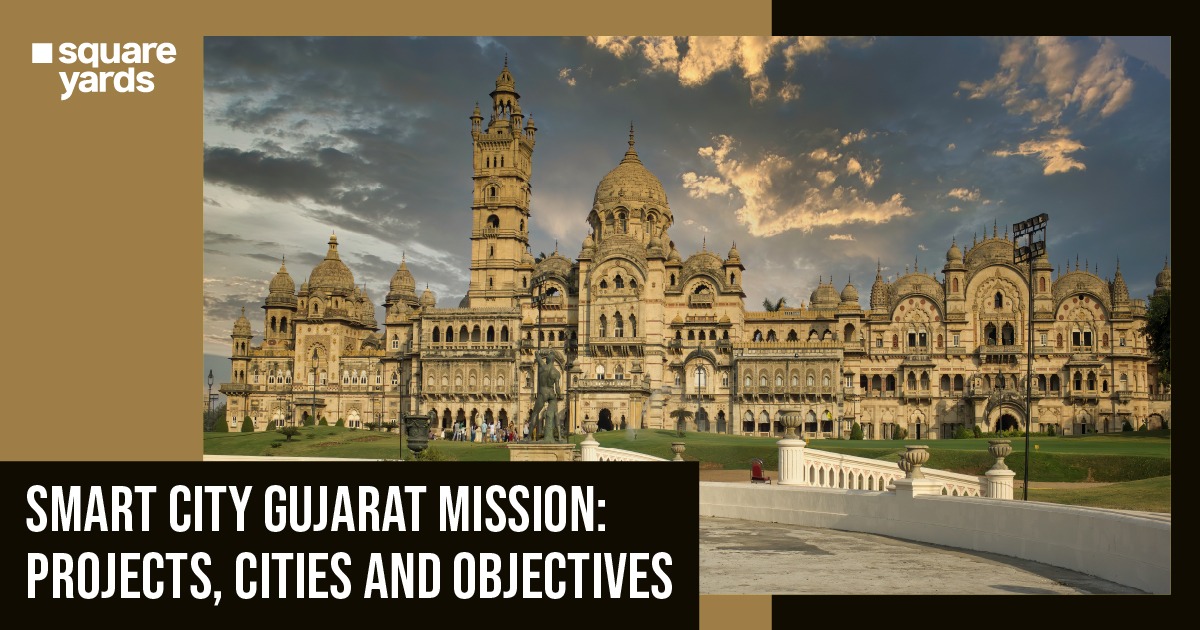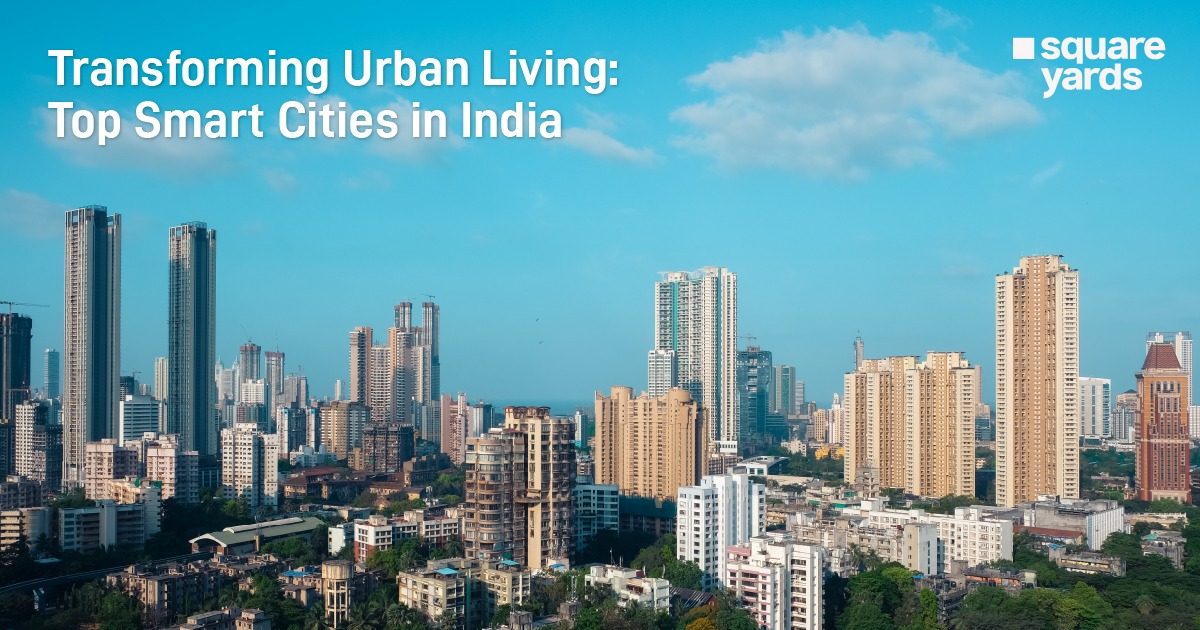Bridges over bodies of water are unusual structures. The reason they exist is to connect roads, cities, states, and nations. The Vembanad Rail Bridge is a marvel in Kochi, Kerala, and is on the list of being the second longest railway bridge in India. Imagine the ancient era when people had to travel in boats to cross over to the other side, which would take an eternity.
Villagers would clear forests to find a dead tree that extended over the waterbody, enabling them to cross over. This design cracked the code among engineers who figured out the mathematics of building a bridge. This discovery made crossing rivers, mountains, and nations accessible and time-saving.
Speaking of the Vembanad Rail Bridge, this rail bridge connects Edappally to Vallarpadam island on an 8.86 km line. The Vembanad Rail Bridge is constructed over the Vembanad Lake, the longest lake in India and the largest in Kerala.
Read on further to know more about this marvel that gave Kerala’s tourism a boost.
Table of contents
History of Vembanad Rail Bridge
Vembanad Rail Bridge was solely built to transfer goods from the small islands around the coast of Kerala. The bridge crosses over three small islands and carries goods from one place to another. In a day, only 15 trains pass over the Vembanad rail bridge. The bridge was named after the Vembanad Lake, the largest lake in India, known for hosting the traditional boat race, the Nehru Trophy Snake Boat Race. The Vembanad Rail Bridge is also popularly known as the Edappally-Vallarpadam Bridge.
The Rail Vikas Nigam Ltd (RVNL) was in charge of the entire Vembanad Rail Bridge project. RVNL is an extension of the Ministry of Railways (MoR) that works on executing different types of railway projects, such as railway line bridge construction. Vembanad Lake is a popular tourist spot with stunning backwaters and a picturesque background that enhances God’s own country – Kerala, even more.
Building the bridge over the Vembanad Lake has not only acquired easy connectivity but has exemplified it as a tourist attraction.
Vembanad Rail Bridge – Route to Kerala
A 3 km accessible line runs from Edappally to Vaduthala along the interconnection between Edappally and Vallarpadam. After traversing three small islands, the rail track enters the Vembanad Rail Bridge and continues to Vallarpadam. It crosses over the Idyakkara and Mulavukad islands to reach Vallarpadam. With a total length of 4.62 km (4,620 metres), 80% of the bridge is constructed over water.
According to a proposed plan by the Ministry of Railways, travellers would be able to ride steam heritage trains that run on the Vembanad Rail Bridge line on the circuit from the Vallarpadam terminal to Edapally. These steam trains will enable travellers to take in the scenic splendour of Vembanad Lake with the aid of IRCTC and Cochin Port Trust, thus giving Kerala’s tourism a boost.
Vembanad Rail Bridge – Cost and Length
The Vembanad Rail Bridge was constructed to make shipments from neighbouring islands easily accessible. Afcons Infrastructure Limited, a construction company, oversaw the bridge’s construction, which began work in October 2007. The company finished building the bridge in March 2010 after more than 27 months of work. Vembanad Rail Bridge was inaugurated in February 2011 after various trials and tests. A deal between Cochin Port Trust and India Gateway Terminals Limited called for the railroad link project’s construction, which would manage the transhipment container terminal. As a result, it led to the construction of a new train station in Edappally.
The construction cost for the Vembanad Rail Bridge and four other proposed smaller bridges connecting to Vallarpadam is estimated at Rs. 350 crores.
Construction Details of the Vembanad Rail Bridge
Building the second-longest railway bridge in India takes a mountain of materials and labour. 12.5 hectares were procured for the rail bridge project. The Vembanad rail bridge has been built on 1.2 diametric piles calculated to an intensity of 55 metres. A total of 65,000 metres comprises the total mass length. The bridge used 11,700 tonnes of fortified steel, 99,000 cubic metres of metal components, 1,27,000 cubic metres of concrete work, 73,500 cubic metres of sand, 58,000 tonnes of cement and 1,54,308 cubic metres of topsoil work.
At 133 different locations, the Vembanad Rail Bridge is built over pile foundations or deep foundations that hold the bridge in place. Each of the 231 girders that make up the bridge weighs 220 tonnes. The bridge’s 132 spans made of PSC girders are designed for electric propulsion. They are divided into 33 spans (20 metres long) and 99 spans (40 metres long).
Latest Updates on Vembanad Rail Bridge
The higher authorities have bigger plans for the Vembanad Rail Bridge since it is currently operational. Plans for the Vembanad Rail Bridge call for the new container transhipment station to become India’s biggest marine cargo centre.
Recently, the newest and trendiest Vistadome coaches have caught the attention of railway officials. The projected service’s coaches are now operating in the Konkan stretch and the Andhra Pradesh hill station – Araku Valley. The AC coaches include 360-degree rotating seats that accommodate 40 passengers and provide breathtaking views of the surrounding area.
These coaches would be excellent attractions for passengers riding the heritage railway across the Vembanad Rail Bridge since they provide a visually appealing experience.
Meanwhile, Kerala has requested that trains travelling on the Ernakulam-Thiruvananthapuram (via Alappuzha), Shornur-Nilambur, and Kollam-Sengottai routes have Vistadome coaches available to them.
Vembanad Rail Bridge – Recognition Rewards
The magnificent Vembanad Rail Bridge has won a few recognition awards since its inception. Some of them are A-listed awards such as the Best Pre-structuring Structure of the Year Award, 2010 – Indian Concrete Institute, Essar Steel Infrastructure Excellence Award, 2011 – CNBC TV18, and Best Railway Project Award, 2011 – D&B Axis Bank Infra.
Conclusion
The Vembanad Lake has been a preferred location for numerous Bollywood and South Indian movies, including the famous movie Dil Se. Kochi is not only known for its scenic beauty with fresh water and a landscape of mangroves but also for the Vembanad Rail Bridge, which will be a tourist marvel and one of India’s longest railway bridges.
Kerala’s tourism industry will expand once the tourist heritage trains are operational, and the state’s economy will do likewise. Make sure to stop at the Vembanad Lake and take a train trip across the Vembanad Rail Bridge if you intend to travel to Kerala – God’s own country.
FAQ’s on Vembanad Rail Bridge
Is the Vembanad bridge the longest in India?
The Vembanad Rail Bridge is regarded as the second-largest rail bridge in India. The construction began in the year 2007 and was completed in 2010.
Which is the longest railway bridge in India?
The Bogibeel Bridge is the longest rail and road bridge that hovers over the Brahmaputra River in north-eastern Assam.
Which is the longest bridge in Kerala?
The longest bridge in Kerala is the Vembanad Rail Bridge, which measures around 4.62 km and is considered the second-longest bridge in India.
Which lake has the longest railway bridge in India?
India has a beam bridge known as the Bhupen Hazarika Setu, commonly known as the Dhola-Sadiya Bridge. It connects the northeast of Assam and Arunachal Pradesh and is the longest bridge in India, spanning the Brahmaputra River for 9.15 kilometres.
Which is the oldest bridge in India?
The Old Naini Bridge, located in Prayagraj, is one of India’s oldest bridges. The Old Naini Bridge, a double-decked steel truss bridge, spans the Yamuna river in the southern part of Prayagraj.
Which is the largest flyover in Kerala?
Alumkadavu is the largest flyover in Kerala and is considered a tourist spot.


